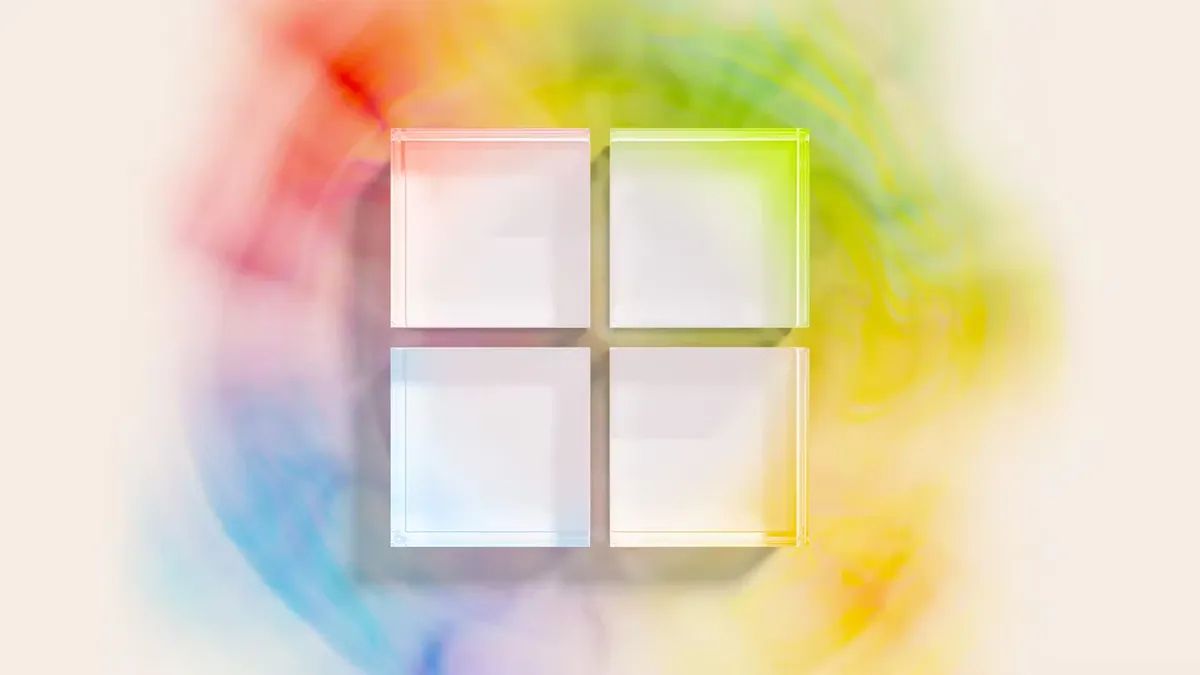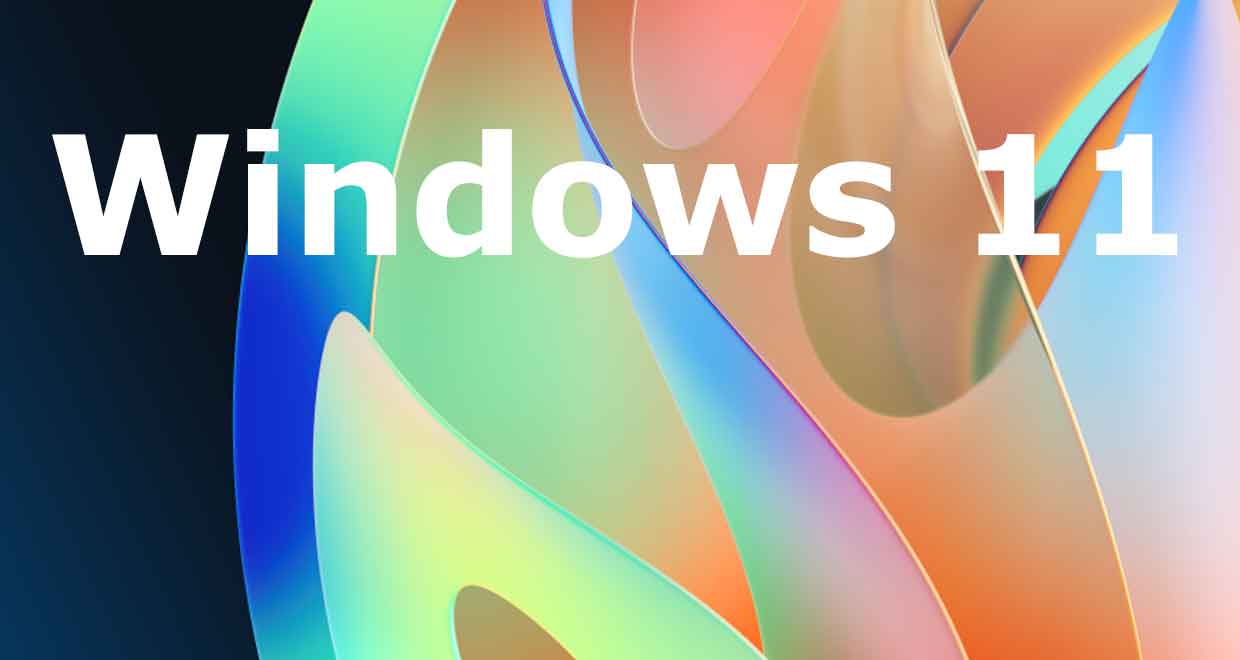thats so scummy. dark patterns tricking non-savvy people into enabling crap they dont want or features that are actively badI'm always skeptical, but I might explore some of those stripped down install images people make. Only problem I have with those is I worry about security updates, and then updating turning everything back on anyway
You are using an out of date browser. It may not display this or other websites correctly.
You should upgrade or use an alternative browser.
You should upgrade or use an alternative browser.
Windows 11 [2021]
- Thread starter eastmen
- Start date

Windows 11 bug eats CPU resources — Microsoft identifies Cross Device Service as cause, no fix ready yet
Phone Link-related feature can suck up to 10% CPU usage.
Windows 11, unintentionally Microsoft unveils the benefits of a local account


Windows 11, sans le vouloir Microsoft dévoile les avantages d'un compte local - GinjFo
Microsoft veut que les utilisateurs de Windows 11 privilégient le compte en ligne, bien que l'option d'un compte local reste disponible.
www.ginjfo.com
Microsoft wants Windows 11 users to favor using an online account, although the option of a local account remains available. In its explanations, the company unwittingly reveals the advantages of the latter.
...
There are several benefits to a Microsoft account, especially if you use company tools and services frequently. It allows the PC to be connected to its cloud services, syncing files across multiple devices, and syncing settings across different PCs. However, by highlighting these advantages, Redmond also unwittingly highlights the strengths of a local account.
The benefits of a local account include:
- It is created directly on the device.
- No internet connection is required to connect.
- It is independent of other services and is not tied to the cloud.
- It does not require an email address.
Not Windows 11 but I had a strange Windows thing happen today. A server (Windows Server 2019) running some VMs in Hyper-V lost power during a backup. When it came back on almost all of the free space on the primary volume was taken up by shadowcopy even though shadowcopy was turned off on that volume. This caused the server to malfunction until I set the shadowcopy limit on that volume to 1GB which immediately freed up all the space. Then everything was fine.
If the server crashed while VM snapshots were being taken for the backup I can see why shadowcopy would be full of crap even though it's turned off, but none of the VMs showed any snapshots existing. Maybe because it went down before it was done creating the snapshots? There are some logs but I don't know what to look for.
If the server crashed while VM snapshots were being taken for the backup I can see why shadowcopy would be full of crap even though it's turned off, but none of the VMs showed any snapshots existing. Maybe because it went down before it was done creating the snapshots? There are some logs but I don't know what to look for.
NVIDIA Support
Beginning with the Release 555, NVIDIA display drivers will no longer support older CPUs that do not support POPCNT (Popuulation Count) instruction. While these CPUs are already officially not supported on Microsoft's Windows 10/Windows 11, if a user with a PC using an unsupported CPU attempts to install R555+ display drivers, the PC will bugcheck/BSOD when booting into Windows.
The article gives instructions on how to check if your PC supports POPCNT instruction. If you have a tool like AIDA64 or similar you should also see what instruction sets are supported.
Last edited:
Svensk Viking
Regular
I'd say requiring POPCNT on Win11 isn't surprising since Win11 never ever officially supported older CPUs, but Win10 users suddenly affected by this is bad since that always supported really old CPUs.
I'd say requiring POPCNT on Win11 isn't surprising since Win11 never ever officially supported older CPUs, but Win10 users suddenly affected by this is bad since that always supported really old CPUs.
Is anyone going to be using an Nvidia gpu that still gets driver updates with a cpu that's 20 years old?
Svensk Viking
Regular
Is anyone going to be using an Nvidia gpu that still gets driver updates with a cpu that's 20 years old?
Nvidia's drivers still support Maxwell (2014 hardware) and users with old systems could have gotten the xx30 products simply to get support for modern hardware acceleration standards.
Security updates have also gotten more public attention, Nvidia even still supports Kepler (2012) with security updates until September this year.
Stating that the affected CPUs are old, fair enough, but removing support on Win10 due to a feature never required on Windows 10 in the first place, I don't see why consumers should defend that. If the 5000 series was released with this requirement I consider that different since a new product always has the advantage of being able to skip support for all older products.
Last edited:
Nvidia's drivers still support Maxwell (2014 hardware) and users with old systems could have gotten the xx30 products simply to get support for modern hardware acceleration standards.
Security updates have also gotten more public attention, Nvidia even still supports Kepler (2012) with security updates until September this year.
Stating that the affected CPUs are old, fair enough, but removing support on Win10 due to a feature never required on Windows 10 in the first place, I don't see why consumers should defend that. If the 5000 series was released with this requirement I consider that different since a new product always has the advantage of being able to skip support for all older products.
I guess it's possible there are people running pre-2008 CPUs with Maxwell or Kepler gpus. Windows 11 requires popcnt and Windows 10 is EOL in October 2025, I think. Maybe they could have waited until Windows 10 was EOL.
Svensk Viking
Regular
My backup p.c runs windows 10 with an intel i5 2400 and to be honest I only upgraded to that because I had a few games that needed SSE 4.1 / SSE 4.2 support otherwise I would have stuck with my core2 quad Q6700
The oldest PC I still use occassionally is my old Phenom II X6 with 12GB RAM which my parents now use daily as a HTPC. It had a GT 610 (rebranded GT 440) which died yesterday. Replaced it with an HD 5670 but the lack of hardware acceleration in all browsers except Firefox was probably the reason my dad reacted to the cursor feeling sluggish when browsing some sites. I had contemplated upgrading to a more modern card, but played the waiting game because I still thought cards supporting AV1 were too expensive for that old PC.
Otherwise I still kept a Core 2 Duo and 6GB RAM with the GT 610 until 2020, which I sold when everyone was desperate for mining boards.
Last edited:

Microsoft Expands FAT32 Volume Size to 2TB (in Latest Windows 11 Insider Preview)
In the latest Windows 11 Insider Preview Build 27686, Microsoft has introduced an update to the FAT32 file system, increasing the maximum volume size from 32 GB to 2 TB.

Microsoft Will Phase Out Control Panel in Windows 11
Microsoft is set to retire the Control Panel in Windows 11, gradually moving its functions to the Settings app. Although Microsoft has not specified an exact timeline for this transition, the shift marks the end of an era for a feature that has been part of Windows since its inception in 1985...

This is one of those "how is this news again" moments. MS has been very clear since they first introduced Settings app back in 2012 that it will eventually replace Control Panel.
Microsoft Will Phase Out Control Panel in Windows 11
Microsoft is set to retire the Control Panel in Windows 11, gradually moving its functions to the Settings app. Although Microsoft has not specified an exact timeline for this transition, the shift marks the end of an era for a feature that has been part of Windows since its inception in 1985...www.guru3d.com
Makes you wonder why MS reminded people in a recent Support document.This is one of those "how is this news again" moments. MS has been very clear since they first introduced Settings app back in 2012 that it will eventually replace Control Panel.
The confirmation of the Control Panel's deprecation comes from a Microsoft support document addressing System Configuration tools in Windows. This document details the various ways users can customize their experience through the graphical user interface and explicitly states that the Control Panel "is in the process of being deprecated."
Probably just means they're finally getting near the goal to kill it off. That could be newsworthy, but speculation. The fact it will get killed has been known for dozen years already.Makes you wonder why MS reminded people in a recent Support document.
I completely missed this a while back, but I don't think it was discussed.
I'd rather they had kept supporting WPF and made that their main UI API than having to resort to this.
I suspect C++ is partly to blame, while trying to avoid C++ ABI shenanigans and still support an object model they long ago settled on COM. WinRT components can take collections as input just fine, but trying to handle collection entries through COM is a terrible waste of CPU cycles. That happens a lot for UI controls, WinUI will likely always be a dog as a result.
Win32 had C, Apple has Swift, modern Microsoft has javascript ... embarrasing.
I'd rather they had kept supporting WPF and made that their main UI API than having to resort to this.
I suspect C++ is partly to blame, while trying to avoid C++ ABI shenanigans and still support an object model they long ago settled on COM. WinRT components can take collections as input just fine, but trying to handle collection entries through COM is a terrible waste of CPU cycles. That happens a lot for UI controls, WinUI will likely always be a dog as a result.
Win32 had C, Apple has Swift, modern Microsoft has javascript ... embarrasing.
Similar threads
- Replies
- 3
- Views
- 1K
- Replies
- 2
- Views
- 896
- Replies
- 91
- Views
- 4K
- Replies
- 27
- Views
- 5K

